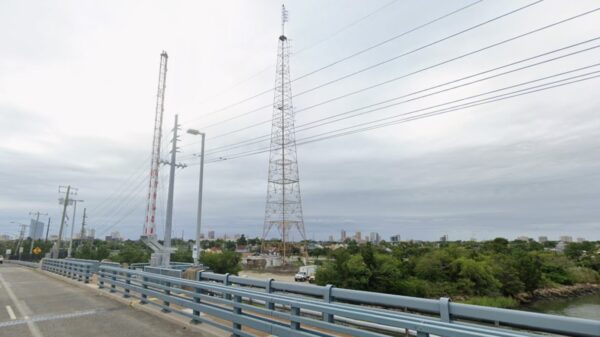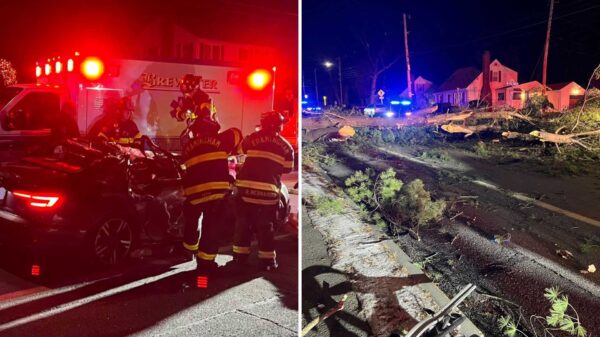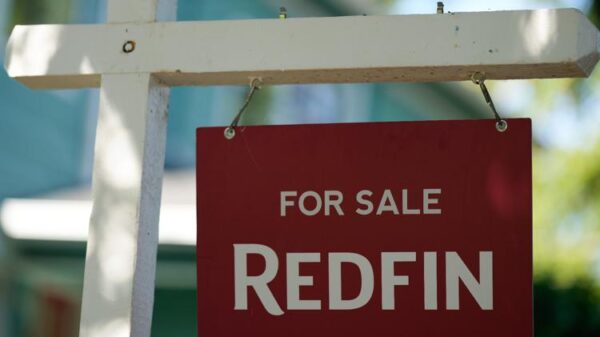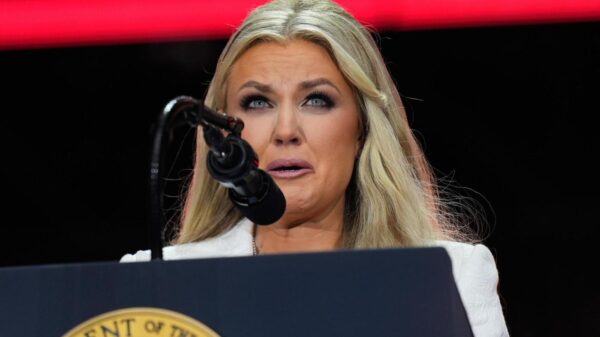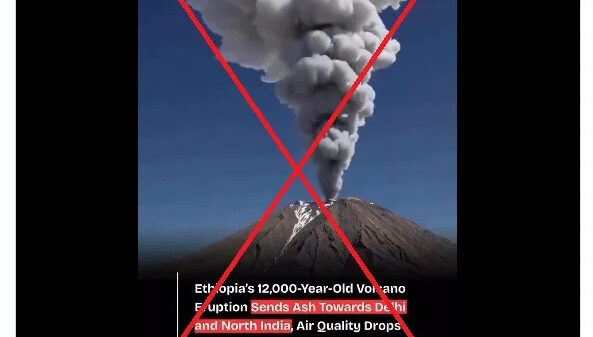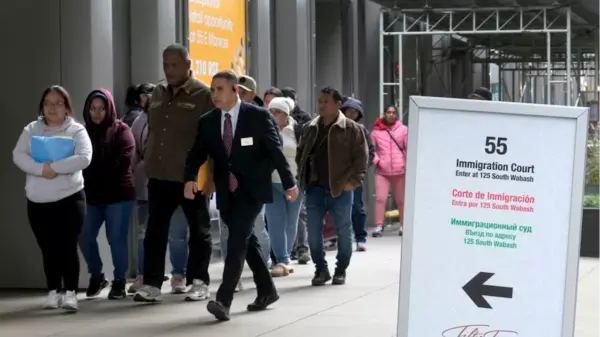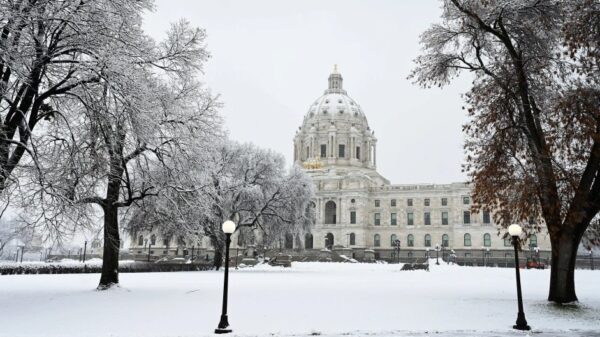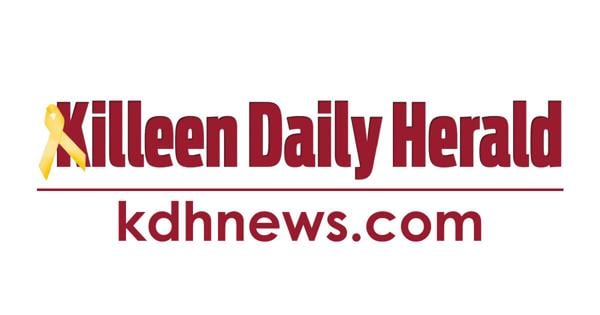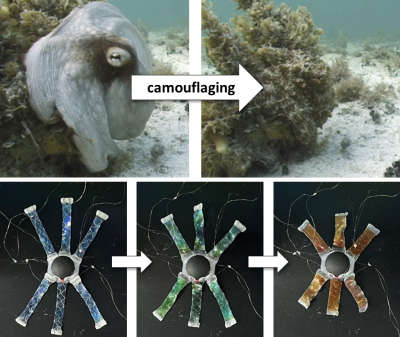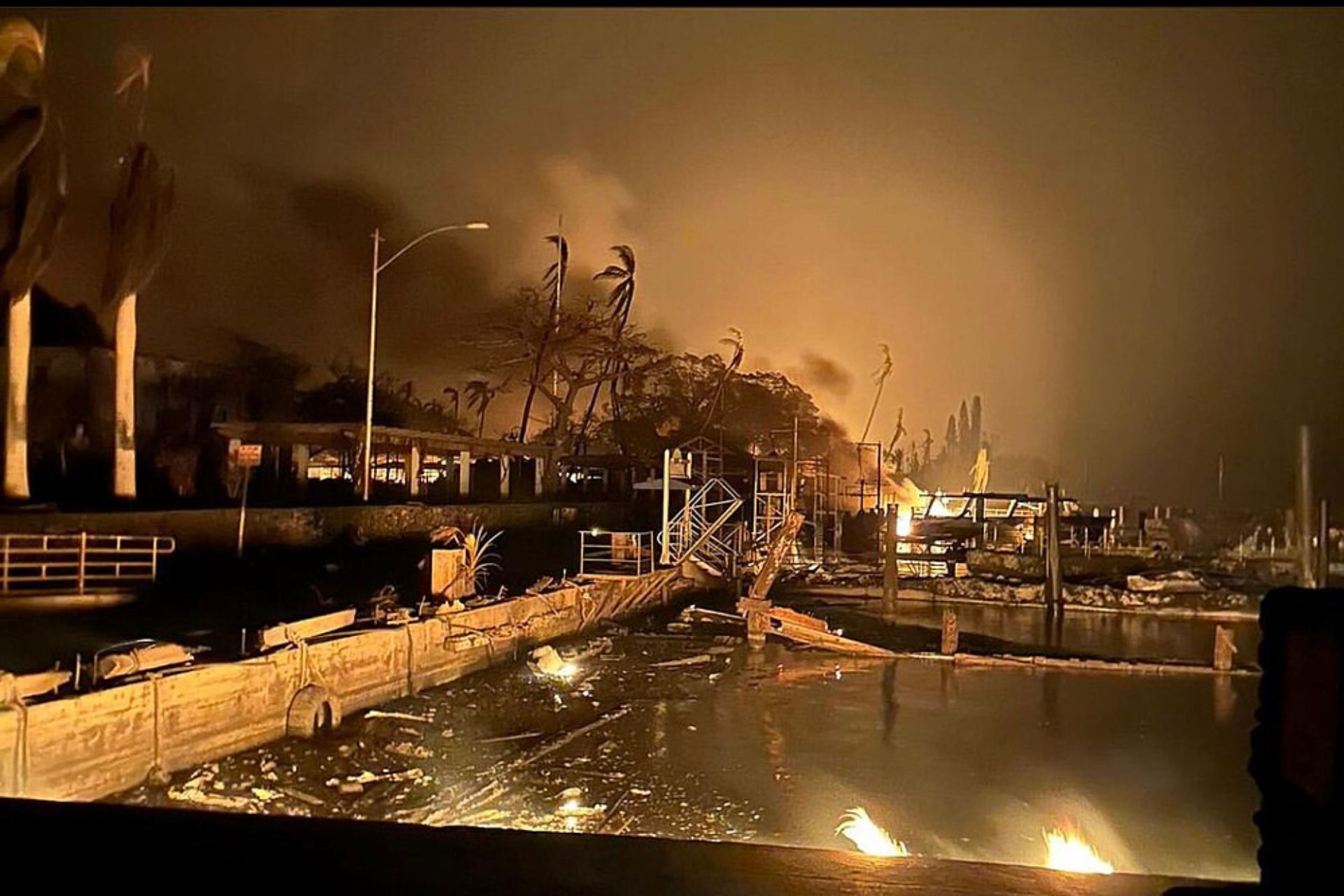URGENT UPDATE: New research reveals devastating consequences of the August 2023 wildfire in Maui, Hawaii. The fires, ignited by downed power lines, devastated the town of Lāhainā, killing over 100 people and displacing thousands. However, an alarming study published on August 22 in the journal Frontiers in Climate indicates that the true death toll is significantly higher.
Researchers calculate a staggering 67% increase in the local mortality rate for August 2023 alone, with the deadliest week of the blaze seeing a shocking 367% spike in expected deaths. These findings highlight an urgent need for improved disaster preparedness, particularly incorporating Indigenous ecological practices.
The analysis, led by co-first author Michelle Nakatsuka, a medical student at New York University, emphasizes that the official death toll underrepresents the wildfire’s impact. “The excess death rate captures the true toll better by telling us how many more people died than would have otherwise been expected,” Nakatsuka stated. The research indicates that many deaths occurred outside medical facilities, suggesting that blocked access to healthcare during the fires directly contributed to the higher mortality.
During August, the proportion of deaths occurring outside medical contexts surged from 68% in previous months to 80%. This indicates that many residents, unable to reach medical care due to blocked roads and overwhelmed clinics, suffered greatly as a result of the disaster.
The implications of these findings are grave. Disasters like wildfires not only claim lives directly through burns or smoke inhalation but also lead to indirect deaths through stress, lack of medical care, and compounded health issues, particularly among vulnerable populations including the elderly and communities of color.
While researchers anticipated an increase in excess deaths, the discovery of more than 80 additional fatalities during the month of the fires was shocking. “It was also surprising to see that the proportion of those deaths occurring outside of medical settings was larger than expected,” Nakatsuka explained, underscoring the critical need for more robust emergency response systems.
Looking ahead, Nakatsuka stresses the importance of integrating Native Hawaiian ecological knowledge into disaster preparedness strategies. “Bringing Indigenous knowledge together with modern climate prediction tools will minimize risk of future climate crises,” she said.
Authorities and researchers advocate for innovative wildfire mitigation strategies that emphasize caring for the land and restoring native ecosystems. This approach could not only reduce fire risks but also empower local communities in disaster prevention and recovery efforts.
As the situation continues to develop, the call for better disaster preparedness in Maui is more urgent than ever. The community must come together to ensure that the lessons learned from this tragedy lead to actionable changes aimed at protecting lives in the future.
Stay tuned for more updates as researchers and local leaders address these critical findings and work towards enhancing safety measures in the wake of such devastating events.


